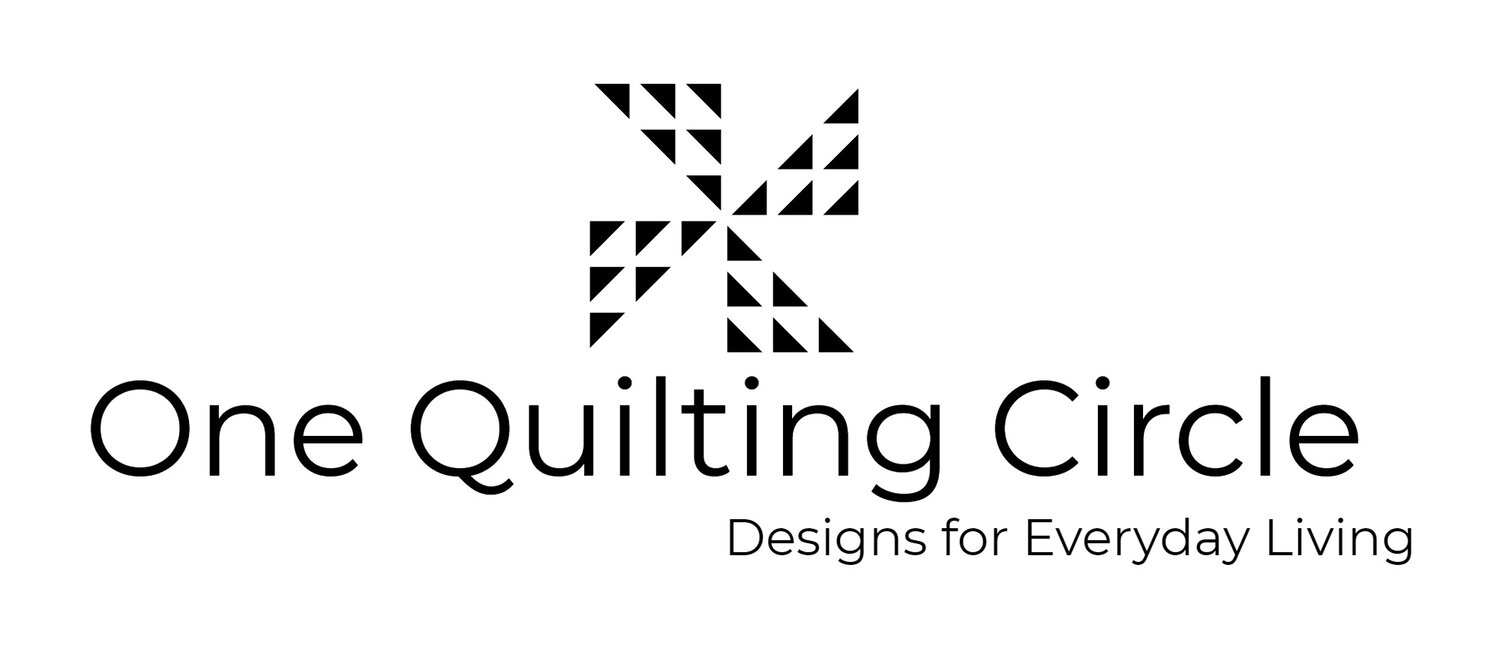How I learned to love Flying Geese units again

One of the first quilts I ever made was a hand pieced Christmas quilt which had a flying goose border. It was an early attempt, and I remember thinking that I never wanted to make another Flying goose block as long as i lived. I know that in speaking with many quilters, this block can evoke this sentiment with many.
I'm going to share one of my best secrets for making this block, one that doesn't require a 45 degree angle. I found this technique via Pinterest one night, and what caught my eye in the photo was the appearance of the block - you had much more visible sky. It was also the first time I'd seen this block with 2 different sky fabrics...I found this a game changer.
Of course, over the years, I have run into this block, and worked through my issues. My early issues with this were a wonky quarter inch, and a wonky 45 degree angle...it's no wonder that this was a block I didn't like.
This method is called the One Seam Dimensional Flying Goose method, and it's not anything I invented...it's just something that I think is wonderful. I first saw this on a video from The Quilt Show, where RIcky Timms described it as something he had discovered on a trip to Europe.

The lead photo above shows 6 geese units, and each unit is made individually. To make a single goose unit, you need two sky pieces, which in this case measure 2.5" by 6.5" (they can be the same, or not, as you wish), and one goose unit, which is 2.5" x 4.5". Place the first sky unit down right side up, with the 2.5" side to the right. Fold the goose unit in half longway, and place that on top of the previous sky unit. The bottom raw edge of the goose will align with the sky, and the fold will be on the top. Take the second piece of sky and place it right side down, aligning it with the first piece of sky. Your goose unit will be sandwiched between the 2 pieced of sky. Stitch one 1/4" seam on the right side of the sandwich.

This is a great application for chain piecing...a real time saver. Once you have all the geese blocks sewn, it's a simple and fast method to simply cut them apart, and stack them in groups of 6 for the next step.
The next step is to simply press the seam open in the back, keeping the natural triangle which forms in the back centered for a crisp, clean edge.

From there, turn each goose block over and press from the front - the center fold seam will simply lay flat on top of the seam line, and the sides of the goose will pull out to form a 45 degree angle.

This method of construction (to me), simplifies the goose, and gives you the extra option of expanding the sky to give you more design space. But wait - isn't this called the One Seam Dimensional Flying Goose block? Yes, I did...

I simply stitch the sides down with a matching thread - or monofilament - and to me, it's a non issue. If you are quilting this yourself, you can simply heavily quilt the goose and that would avoid a potential pitfall. I've also thought of using it as a secret compartment to stuff a small note or surprise in there. Advent calendar, anyone?
If you are sending this out to be longarmed, I would definitely make sure the sides were secured before I dropped it off.
